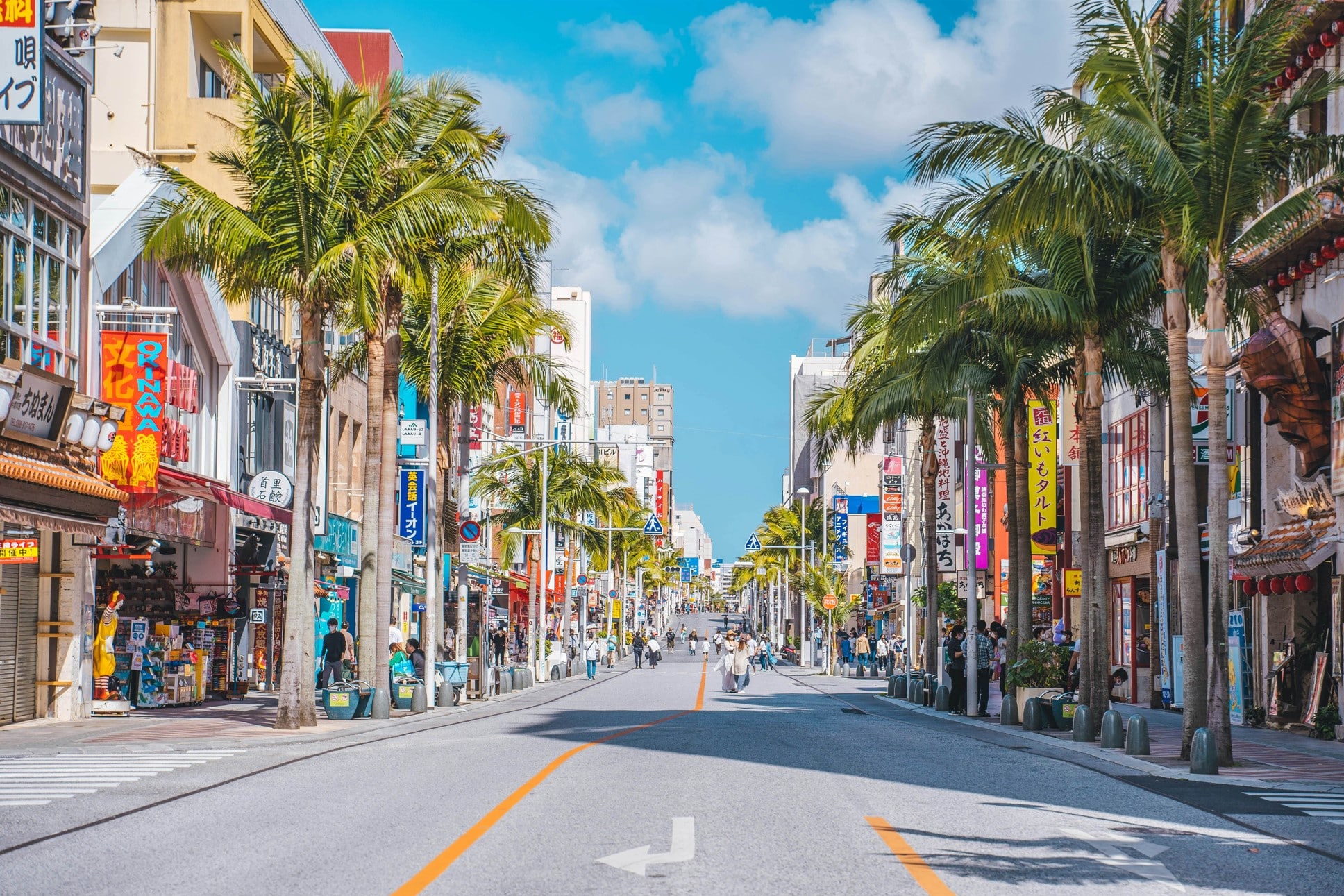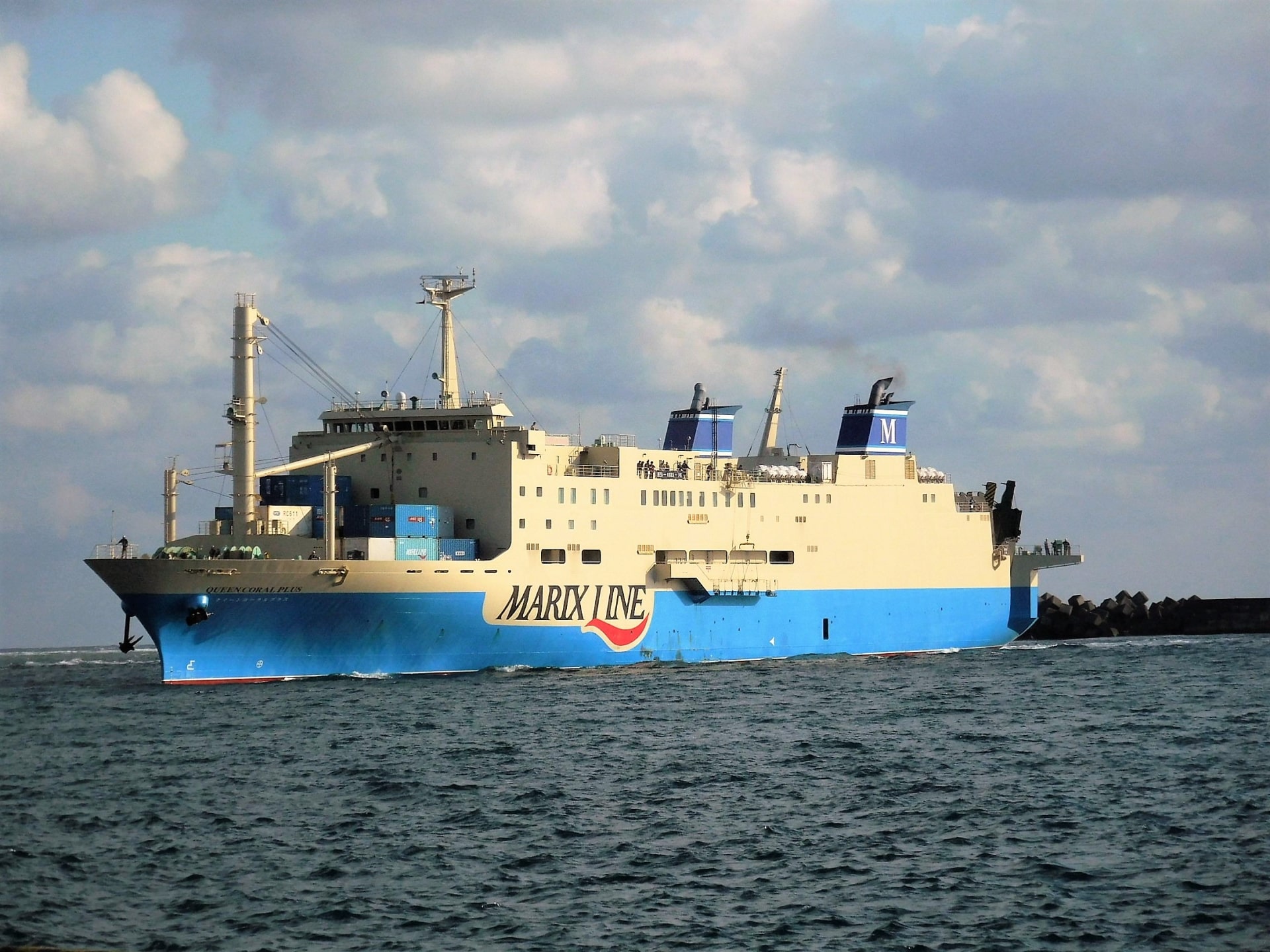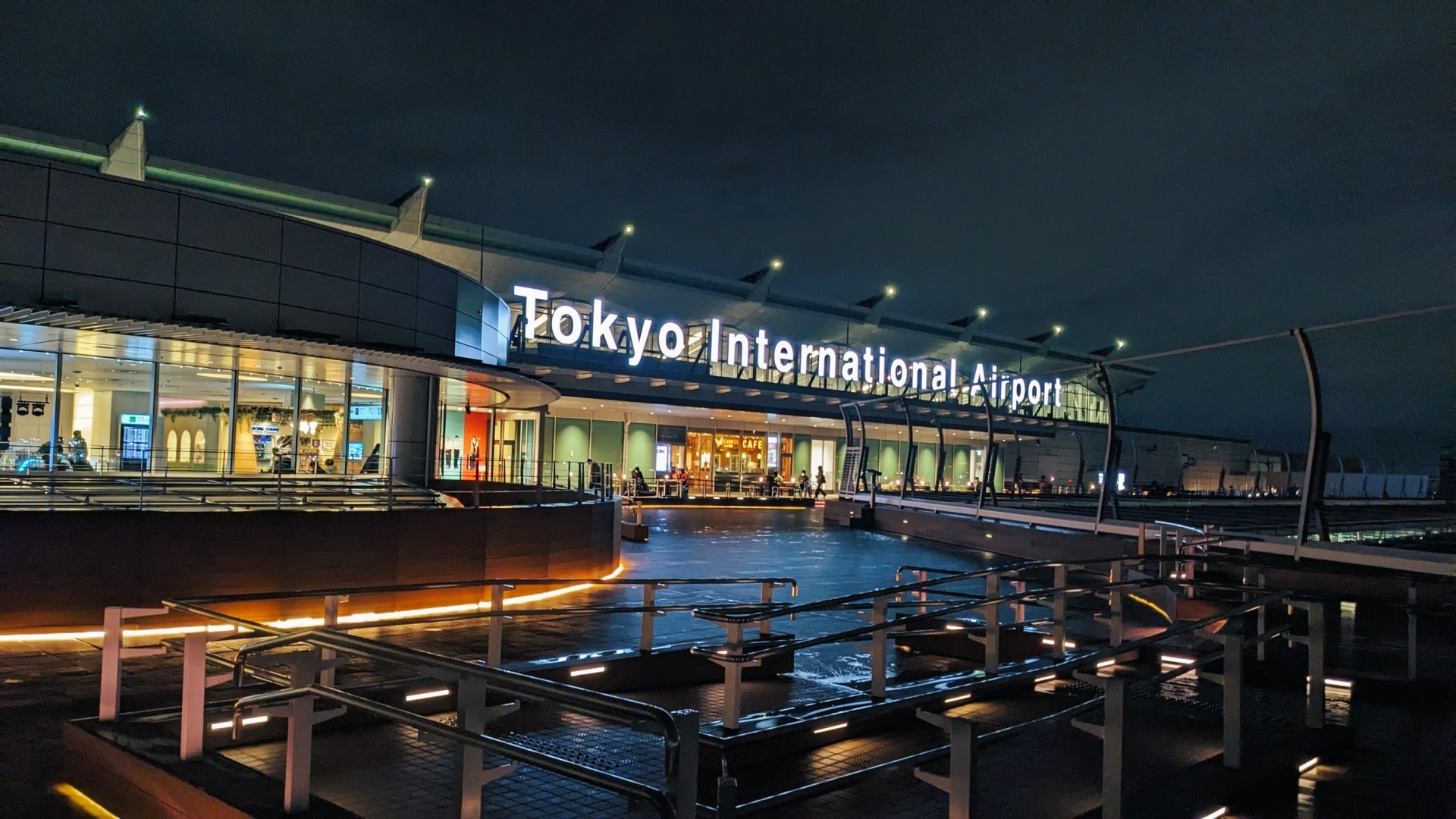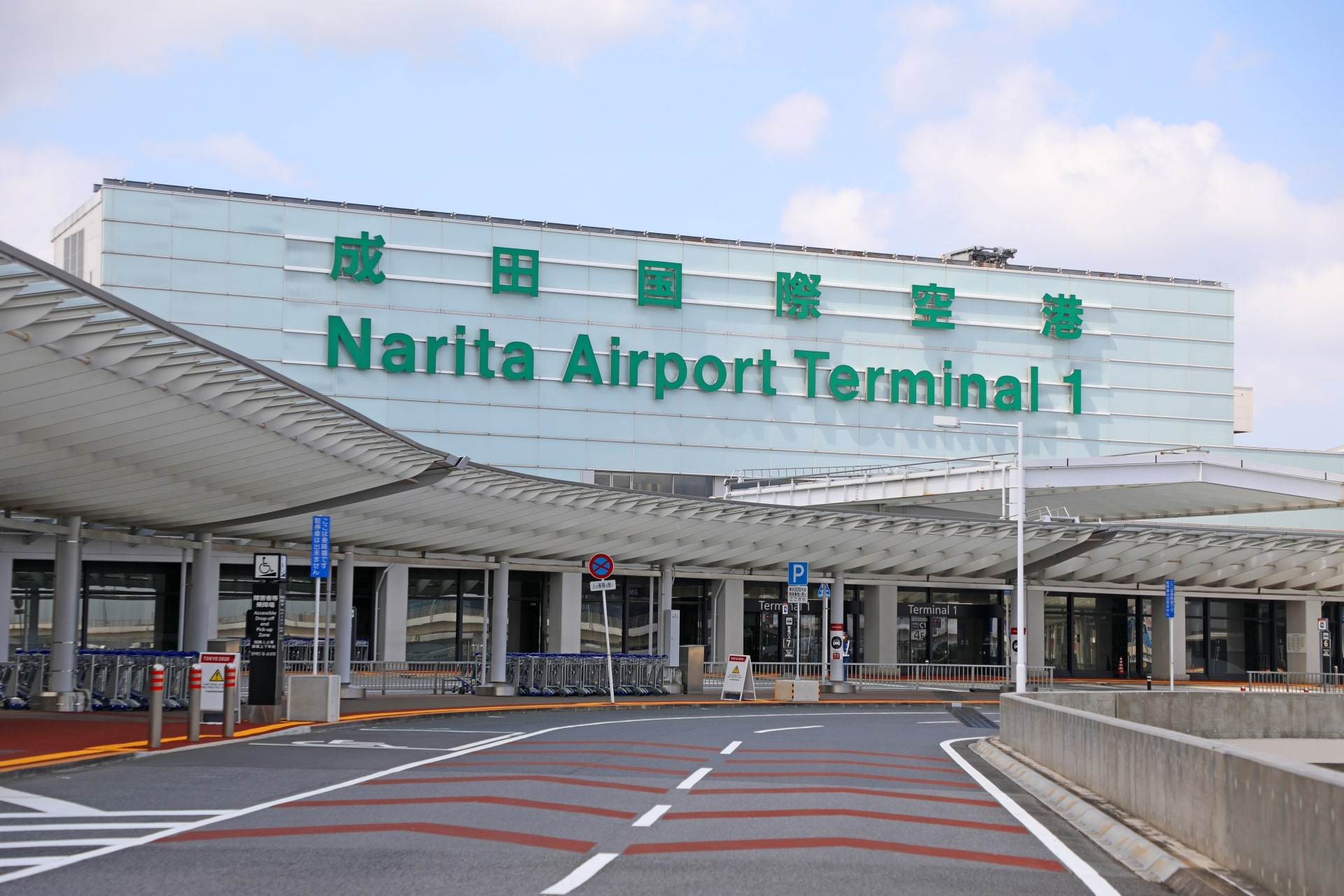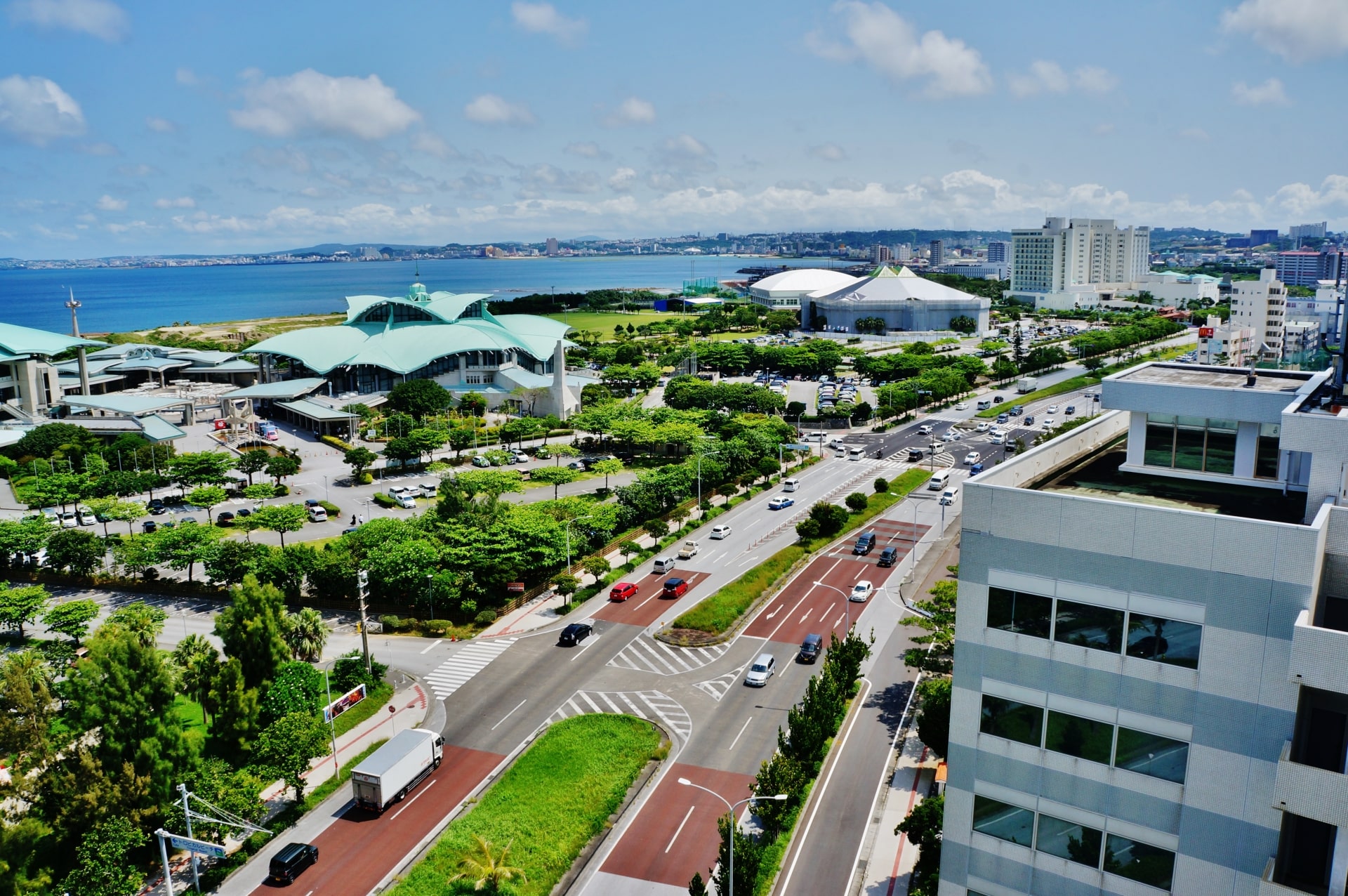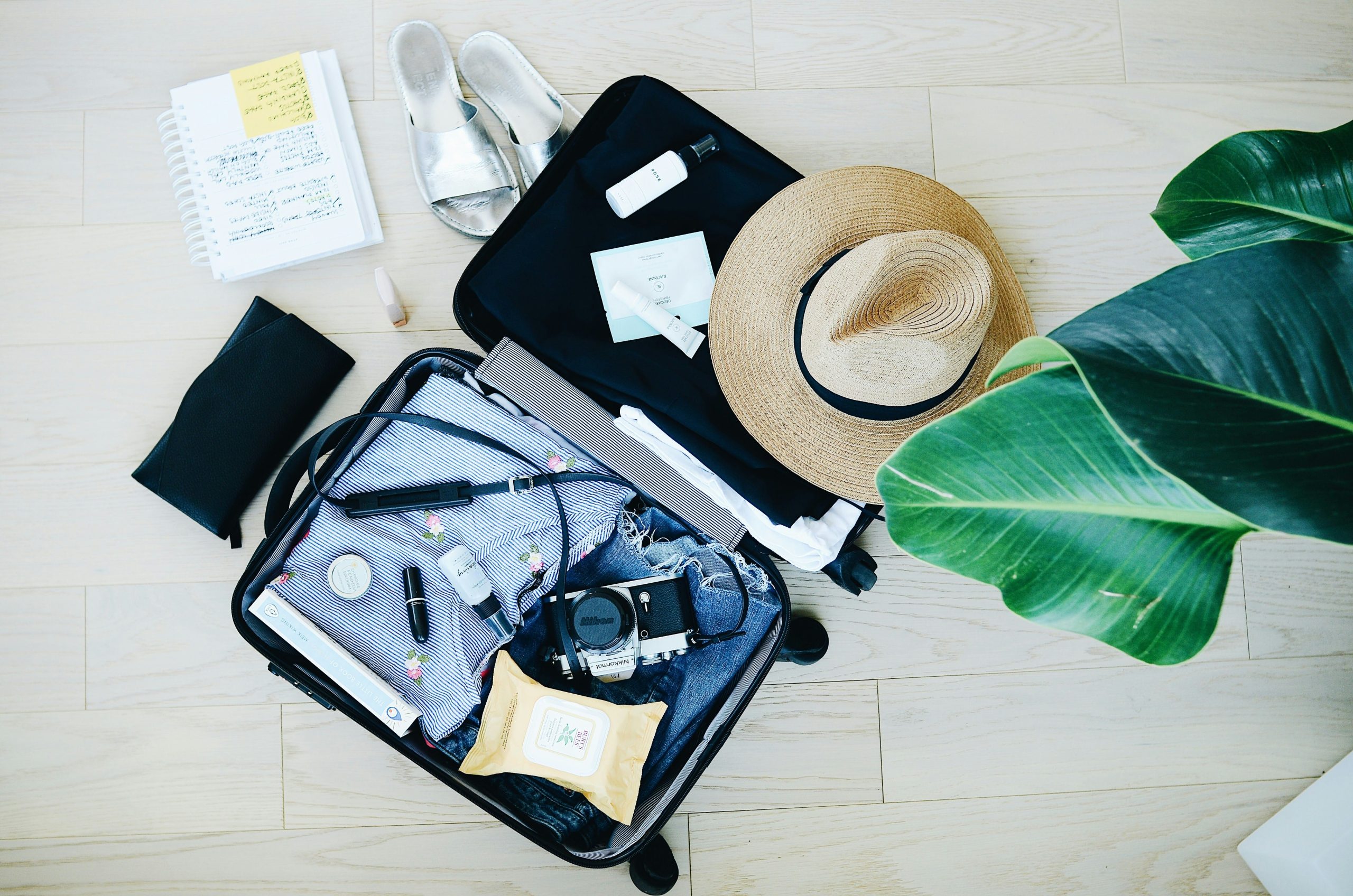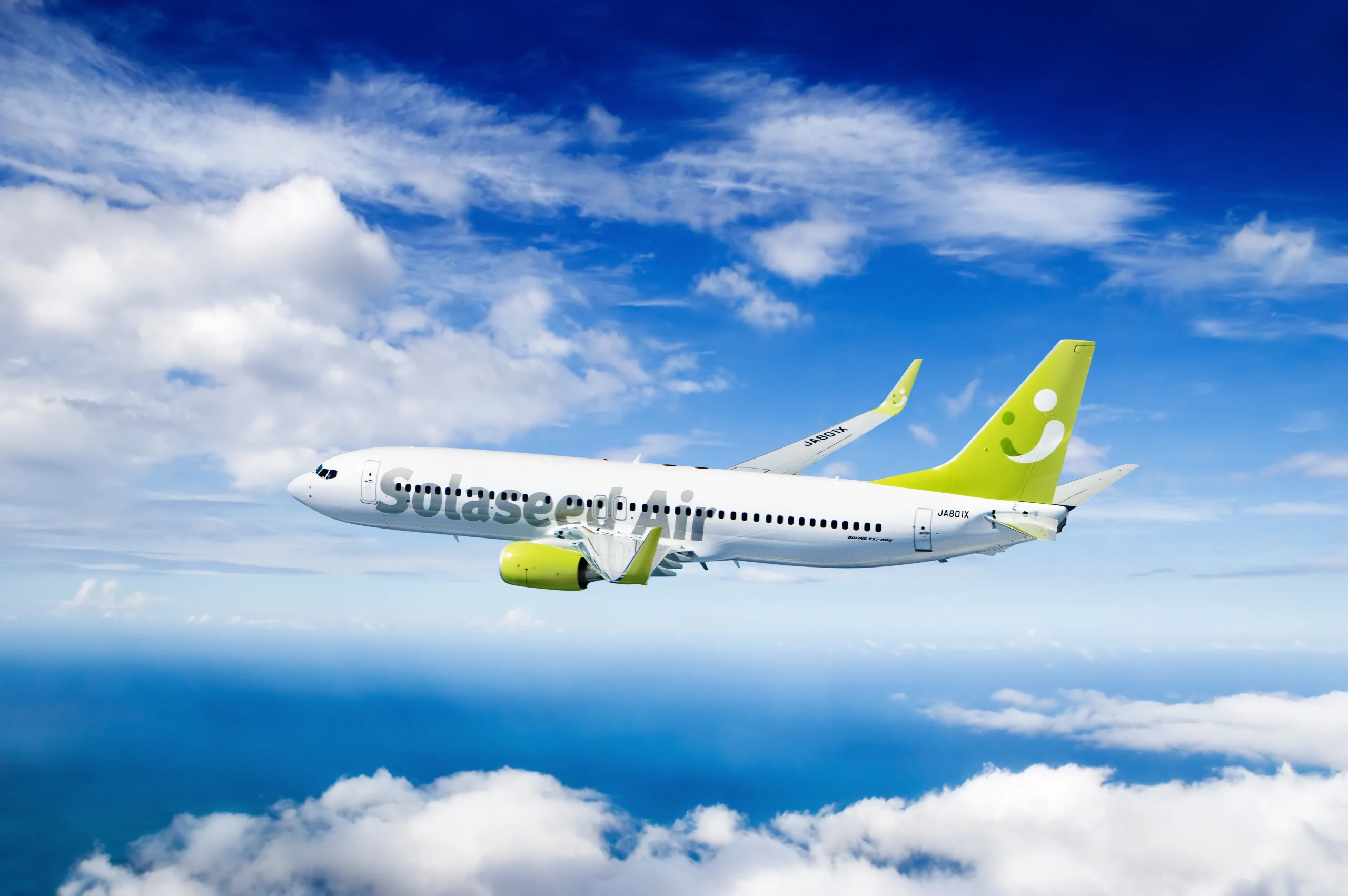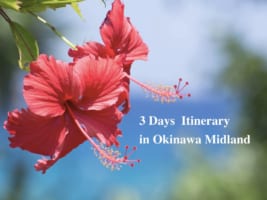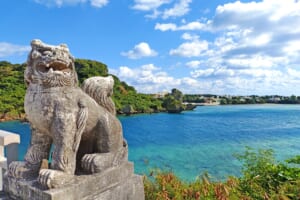How to Get from Tokyo to Okinawa in 2025: Best Transportation Options, Flight Tips, and Price Comparison
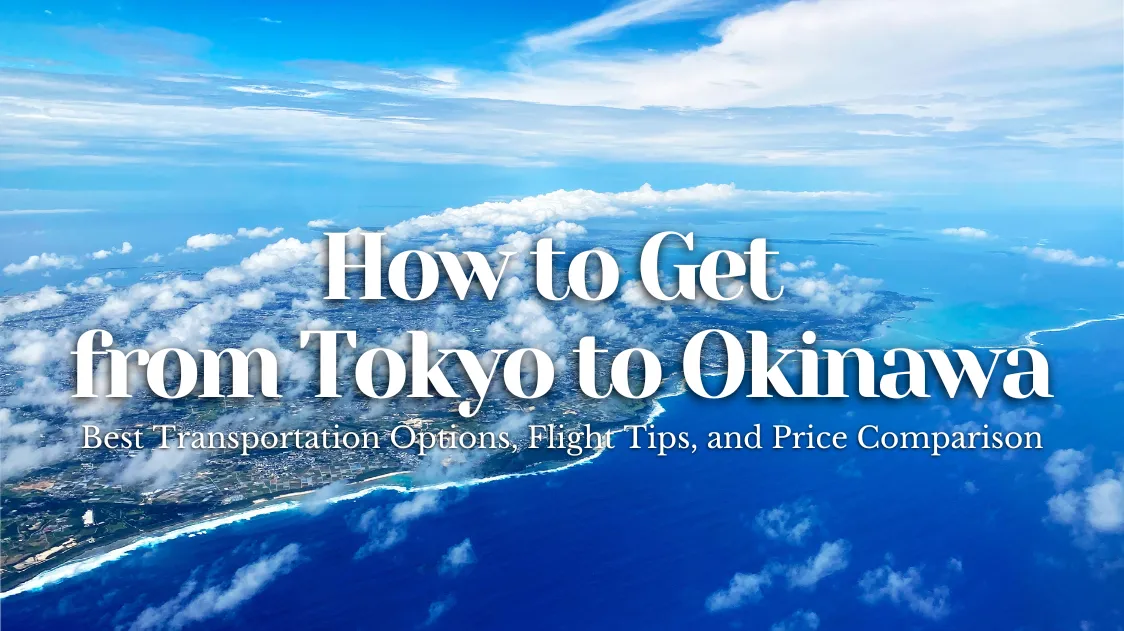
Traveling from Tokyo to Okinawa in 2025 offers the perfect blend of city energy and island relaxation. Because Okinawa is separated from Japan’s main islands by more than 1,600 kilometers of sea, flying remains the fastest and most practical way to get there.
With several airlines connecting Tokyo and Naha daily, travelers can choose between full-service carriers for comfort or low-cost carriers for budget-friendly fares. The key is finding the right balance between price, convenience, and travel experience.
What You Need to Know Before Traveling from Tokyo to Okinawa
Overview of the Tokyo–Okinawa Distance and Access
The distance between Tokyo and Okinawa is approximately 1,600 kilometers, making it impossible to travel by land. Since Okinawa is separated from the mainland by sea, flights are the most common and efficient option, bringing travelers from Tokyo to Naha in just a few hours.
While ferry travel does exist, it requires a connection through Kagoshima, adding more than a day of travel time. For most visitors, flights are the only practical choice, though slow travelers may find the ferry option appealing.
Quick Comparison of Transportation Options
Air travel dominates the Tokyo–Okinawa route, with both full-service carriers and low-cost airlines offering frequent flights. The ferry alternative is available only through Kagoshima, requiring an extra domestic connection before the sea voyage begins.
Fares vary by season, with prices rising sharply during Golden Week, Obon, and New Year, while off-season trips are considerably more affordable.
Families and couples usually prefer the reliability and comfort of full-service airlines, while students and budget travelers often opt for low-cost carriers. Those seeking a unique journey may consider the ferry, but the long travel time makes it impractical for most.
Here are the pros and cons when choosing the different means of travel to Okinawa.
Full-service Carriers | |
PROS | CONS |
Fastest total travel time door-to-door (via HND). | Usually pricier than the very cheapest LCC promos. |
Free checked bag; high on-time performance; tons of frequencies. | Peak dates (Golden Week, summer) surge in price. |
Easy mileage accrual / status perks. | |
LCC | |
PROS | CONS |
Lowest headline fares (especially if you travel light and book early). | Add-ons (bags/seat selection) can erase savings vs Full-service Carriers. |
Enjoy budget-friendly fares with the convenience of flying from Narita. | Flying from Narita requires longer/extra transfer time and cost from central Tokyo. |
Fewer frequencies than the majors on some time slots. | |
Ferry (via Kagoshima) | |
PROS | CONS |
Scenic, slow travel; chance to stop at Amami islands; can bring a car (fee). | By far the longest option; adds time/cost to reach Kagoshima first. |
Price can beat last-minute airfare, especially if you’re flexible on cabin class. | Weather-dependent (typhoons can disrupt), and sailings aren’t truly daily per operator—check which company runs your date. |
Basic shared accommodations unless you pay for private/upper classes. | |
Best Ways to Travel from Tokyo to Okinawa
Flights (Most Common Option)
Flying is by far the most popular way to reach Okinawa. The route between Tokyo and Naha is one of Japan’s busiest domestic flight paths, with multiple departures every day. The flight takes about two and a half hours, and passengers can choose between full-service airlines—which include checked baggage and in-flight service—and low-cost carriers, which offer lower base fares but charge separately for extras.
When comparing options, travelers should consider not just the ticket price but also total value, including luggage fees, seat comfort, and airport access. For many, choosing a full-service airline provides a smoother experience overall—especially for those traveling with families or planning longer stays in Okinawa.
Among full-service airlines, Solaseed Air offers convenient flights from Haneda Airport to Naha, combining the comfort of a full-service carrier with competitive pricing. Its flights are known for smooth operations and warm service, making it a reliable choice for both business and leisure travelers heading south.
Ferries
There are no direct ferries from Tokyo to Okinawa. Instead, travelers who wish to make the journey by sea must first reach Kagoshima by train or domestic flight, and from there, board a ferry to Naha.
The ferry journey itself takes around 25 hours, not including transfer time, making this a choice best suited for travelers with flexible schedules who want to enjoy the slower pace and scenic ocean views. While the experience is unique, it is not practical for most tourists.
Comparison Table: Transportation Options
Here is a quick side-by-side look at the main transportation options between Tokyo and Okinawa:
Option | Duration | One-way Price | Baggage Limit | Operator | Notes |
Full-service Carriers | ~3 hrs | ¥10,000–¥60,000 | 20kg free | Haneda–Naha | Reliable, comfortable, frequent departures |
LCC | ~3.5 hrs | ¥5,000–¥20,000 | 7kg carry-on | Narita–Naha | Affordable, strict baggage rules |
Ferry (via Kagoshima) | 24–30 hrs | ¥10,000–¥40,000 | 20kg free | Kagoshima–Naha | Scenic but time-consuming |
*Prices are regular fares as of October 2025.
Tokyo Airports: Which One Should You Use?
Flying from Haneda Airport
Haneda Airport is the most convenient option for most travelers departing from Tokyo. Located just 20 to 30 minutes from central areas like Shibuya or Shinagawa, it’s easily accessible via the Tokyo Monorail or Keikyu Line. Haneda offers a wide range of domestic flights daily, with full-service airlines providing a seamless experience from check-in to boarding. Departing from Haneda also saves on ground transport costs compared to Narita, making it ideal for families, business travelers, and anyone carrying heavy luggage.
For families, first-time travelers, or those carrying large luggage, Haneda is the most convenient and stress-free choice.
Flying from Narita Airport
Narita Airport is located about 60 to 90 minutes from central Tokyo and mainly serves low-cost carriers. While the ticket prices may seem appealing, travelers should consider the longer commute and potential baggage fees. For those prioritizing comfort and efficiency, Haneda remains the more convenient airport for flights to Okinawa.
For those seeking a quick and smooth journey, Haneda remains the better option.
How to Find the Cheapest Flights to Okinawa
Using Flight Comparison Tools
Tools like Skyscanner and Google Flights make it easy to compare prices across different airlines and find the best deals. When you find a good fare, it’s often best to check the airline’s official website, where special promotions and early-purchase discounts may be available.
Booking one to two months in advance typically yields the lowest fares, especially outside of Japan’s peak travel seasons such as Golden Week, Obon, and New Year.
LCC vs. Full-Service Airlines: How to Choose
When choosing between low-cost and full-service airlines, it’s essential to consider both the total cost and the level of comfort. Low-cost carriers may appear cheaper initially, but often charge extra for baggage, seat selection, or even basic beverages. Full-service airlines include these essentials in the fare, making them more comfortable and straightforward for travelers who prefer a worry-free journey.
Another thing to take into account is that all full-service airlines operating between Tokyo and Okinawa depart from Haneda Airport, which is much closer to central Tokyo, while LCC flights depart from Narita Airport, located about 60–90 minutes away.
Solaseed Air, for instance, combines the reliability of full-service travel with reasonable pricing, striking a comfortable middle ground for those seeking both quality and value.
After Arrival: Getting from Naha Airport to the City
How to Get Around After Landing
Naha Airport is conveniently located near the city center, making onward travel easy.
The Yui Rail monorail connects the airport to downtown Naha and Kokusai-dori in about 15 minutes, with fares ranging from ¥270 to ¥370. For travelers staying at resorts, the airport limousine bus provides direct services to major hotels across the island. Taxis are another convenient option, costing around ¥1,500 to ¥2,000 for a ride into central Naha, and are ideal for families or groups.
Those planning to explore Okinawa’s beaches, historical sites, and outlying areas often find that renting a car at the airport is the most flexible option.
Frequently Asked Questions (FAQ)
Q. Can you take a ferry from Tokyo to Okinawa?
A. While it is technically possible, there is no direct ferry from Tokyo. Travelers must first go to Kagoshima before boarding a ferry to Naha, which takes more than 24 hours. For most visitors, flying is far more practical.
Q. How far in advance should I book my flight?
A. The best time to book is one to two months before your trip. Flights during peak seasons—such as Golden Week, Obon, and New Year—tend to sell out quickly and increase in price, so booking early is highly recommended.
Q. What’s the best way to get from Naha Airport to my hotel in Okinawa?
A. For downtown Naha, the Yui Rail is the fastest and most convenient option. The airport limousine bus is ideal for those heading directly to resort hotels, while taxis and car rentals are best suited for travelers with a lot of luggage or those who want to explore the island at their leisure.
Q. What about travel packages from Tokyo to Okinawa?
A. Many travel agencies and online booking platforms offer flight and hotel packages, which can be convenient if you prefer a one-stop booking process. However, booking your flights and accommodation separately often allows for more flexibility and, in some cases, better prices.
Your Next Step: Ready for Okinawa?
We’ve covered how to get there. Now, find the best flight and start planning your amazing trip to Okinawa.
You now have a clear framework for choosing the absolute best way to get from Tokyo to Okinawa for your trip. Remember the key lesson: the total cost and total time from your specific location in Tokyo.
Now that the logistics are sorted, the fun part can begin!
Solaseed Air: Full-Service Comfort at a Great Value
As mentioned earlier, Solaseed Air is a great option for traveling to Okinawa, offering a well-balanced combination of comfort, service, and affordability.
It is a Japanese full-service airline that provides reliable and pleasant domestic flights across Japan. Headquartered in Miyazaki, Kyushu, the airline primarily operates in Kyushu and Okinawa. Haneda Airport serves as its key hub for flights connecting these regions to Tokyo through frequent and reliable service, while maintaining competitive prices.
The airline’s Boeing 737-800 fleet offers spacious seating, complimentary in-flight drinks, and a generous 20 kg baggage allowance, ensuring a relaxed and convenient journey.*
With efficient operations and early-bird discounts—such as 14- and 35-day advance fares—Solaseed Air delivers the quality of a full-service carrier at a reasonable price, making it a smart and comfortable choice for travelers.
*The current baggage allowance rule is applicable for flights departing on or before May 18, 2026.
Conclusion
Whether you’re a family seeking comfort, a couple planning a relaxed getaway, a solo traveler on a budget, or an adventurer who prefers the scenic route, there’s a travel option that fits your needs. Flights from Haneda offer the smoothest and most time-efficient experience, while ferries appeal to those with time to spare.
For many travelers, Solaseed Air strikes the ideal balance—combining the convenience of Haneda departures with the comfort and service that make the journey to Okinawa as enjoyable as the destination itself.
For more information about traveling to Okinawa, check out the following articles!
Written by
Born and raised in Costa Rica, I started living in Tokyo from college. I love traveling within Japan & around the world. Since I wasn’t born in Japan, I know the cultural impact that you can get when visiting Japan for the first time and what you might be worried about before your trip. And I’ve lived long enough to somewhat understand the nuances of the Japanese culture that make this country such an attractive place to visit. Hopefully I can provide to you both the information you’re looking for and the information you didn’t know you needed to know.





